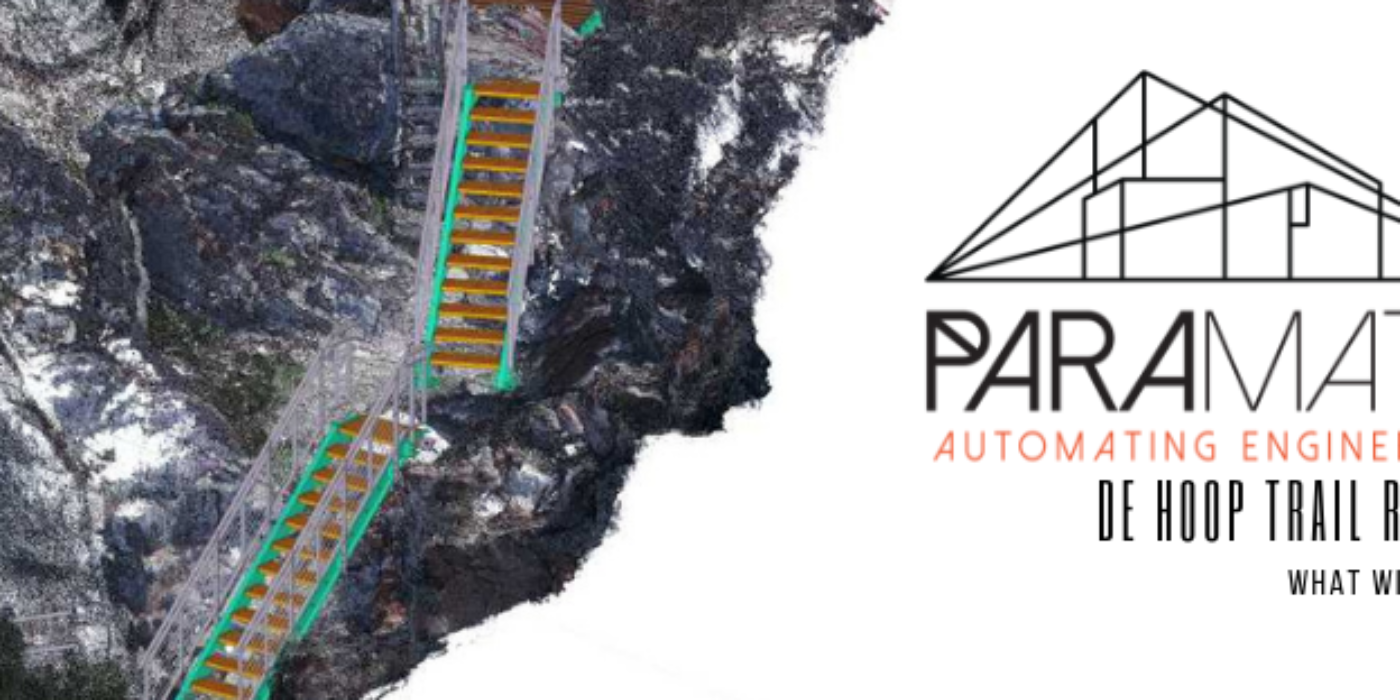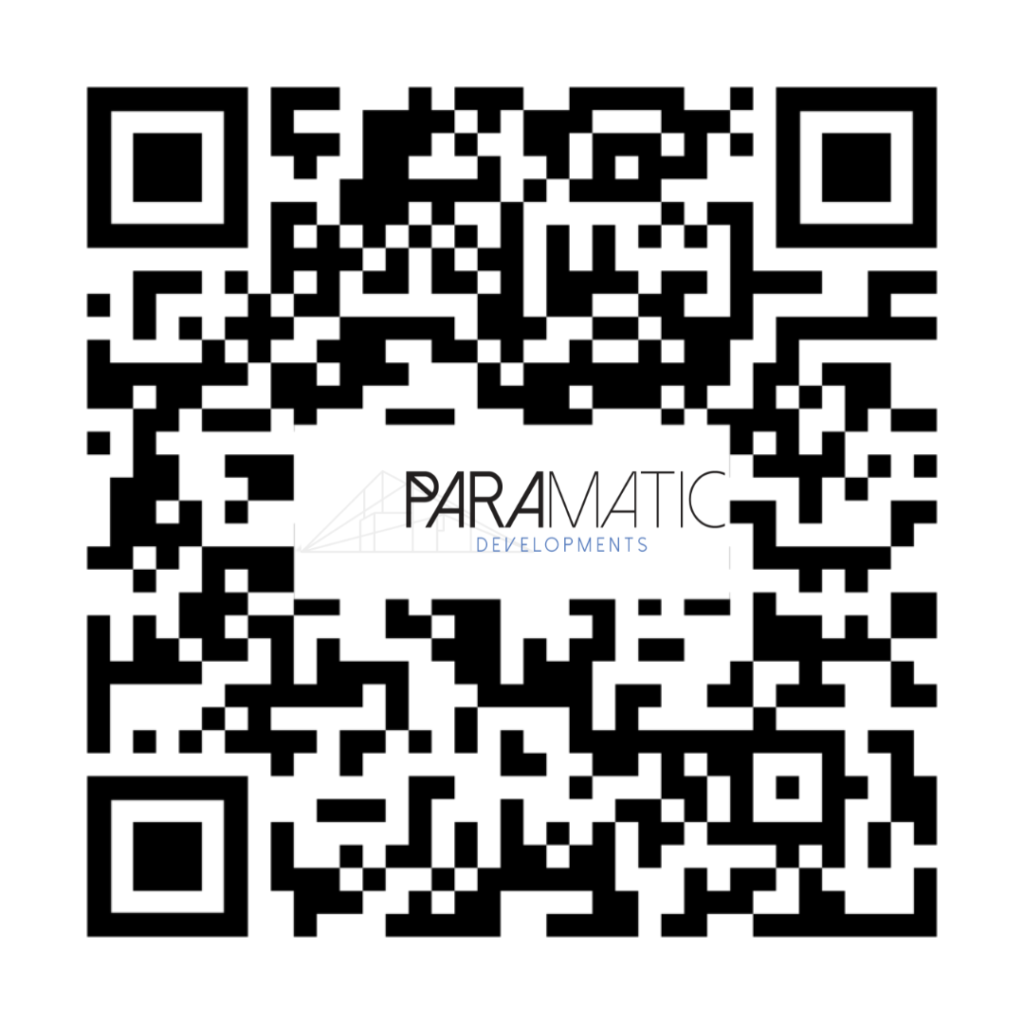and how the process will change the future of engineering.
What will you do to upgrade your engineering process?
- Scanning the face of the De Hoop helped us to more efficiently design the stairway and helped us to save money by saving time. Where in a usual scenario one might spend time working and re-working an idea or a concept, ParaMatic’s processes, 3D laser scanning, and piping program all help us, as engineers, to draw once.
- What does draw once mean?
- Draw once simplifies our lives and allows us to get the product to market much faster than a traditional engineer might budget time for. Below we have summarized 10 ways in which draw once helped us to engineer the De Hoop hiking trail, and how this process could change the future of engineering.
- The Engineers from DPW engineering wanted a low profile, aesthetically pleasing, transportable construction for the De Hoop path. We managed to achieve this in a much more time efficient manner than previously would have been possible.
- ParaMatic’s scanning and revolutionary approach towards the applications of 3D scanning and BIM library allowed us to effortlessly create a digital twin of the De Hoop mountainside face, engineer a path to its contours, and draw the pathway once.
- We use the concept of the digital twin to help us.
- The digital twin is a concept that means that we provide an accurate model that is within 1mm of what will be or what has been built in real life. This is a revolutionary concept for engineers, as previously much measurement and approximation has been subject to drawing and redrawing.
- With this digital twin we were able to eliminate errors and re-work on site. The presence of a digital twin makes it much easier and more efficient to analyse data and faults in the building.
- The application of the digital twin allows us to draw once!
- Without scanning, the measurement and approximation would have taken two days if not more, and would have been done with a tape measure. We may have had to return to the site to re-check measurements.
- With ParaMatic’s scanning process we managed to scan the site within half a day!
- The equipment and the path had to be carried for the last 1km, so tools used needed to be minimal – we could budget that into the design without compromising on accuracy. No last minute tools were needed.
- We needed to eliminate welding on site because of sea breeze and corrosion. Having a digital twin present helped us to consider the different facts, options, and possibilities to replace welding. No re-work would be needed on site as we had access to the full portfolio of assets. In a traditional build, last-minute welding may have been necessary… but no longer!
- Engineering is about delivering on client needs and maximising on efficiency. How might having built the De Hoop Trail path help our process in the future?
- “One of the advantages of 3d modeling and digital twin is that it is a nicer format for clients to check that you’ve delivered what they want. What our aim always is and has been is to create a precise 3D model.” – Bruce Martinson, technical specialist.
- We are building up a library of detail assets and processes of building them which comprises of all the particular components they are made with. Ideally a computer would be able to make all these repeatable decisions in order to focus time on what really matters.
- The future of engineering is to enable a single person to be more productive. We allow today’s engineer to survive the decreased time needed from concept to market.



